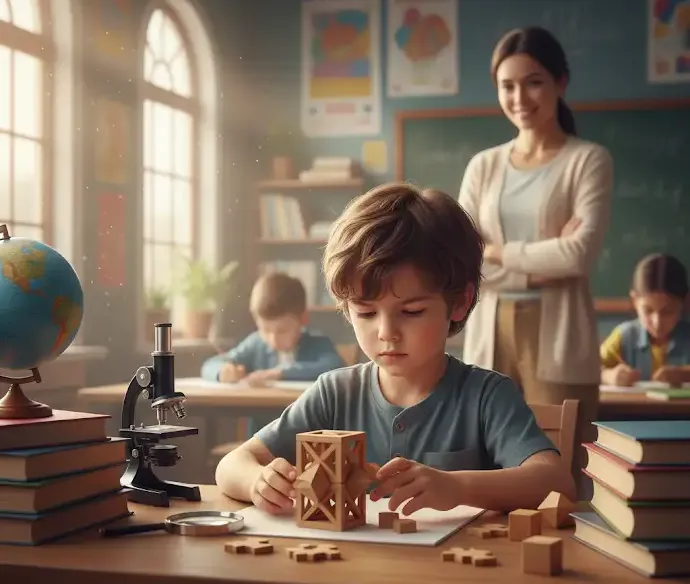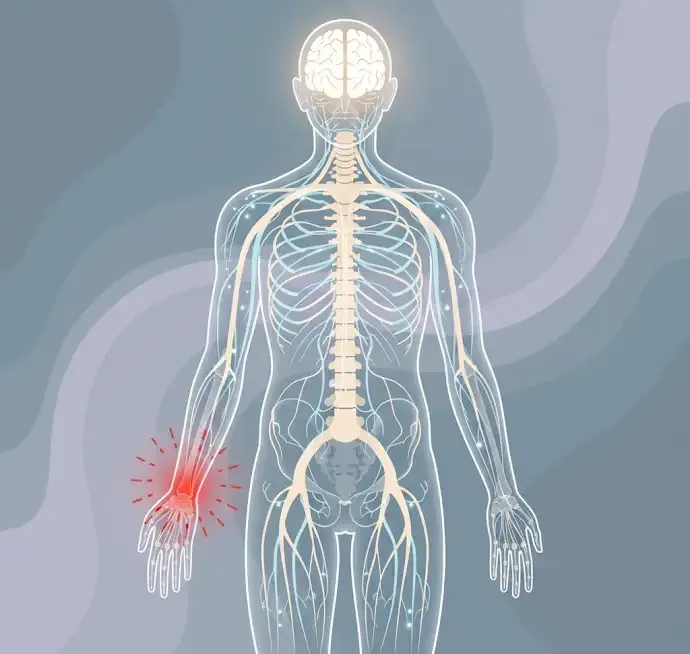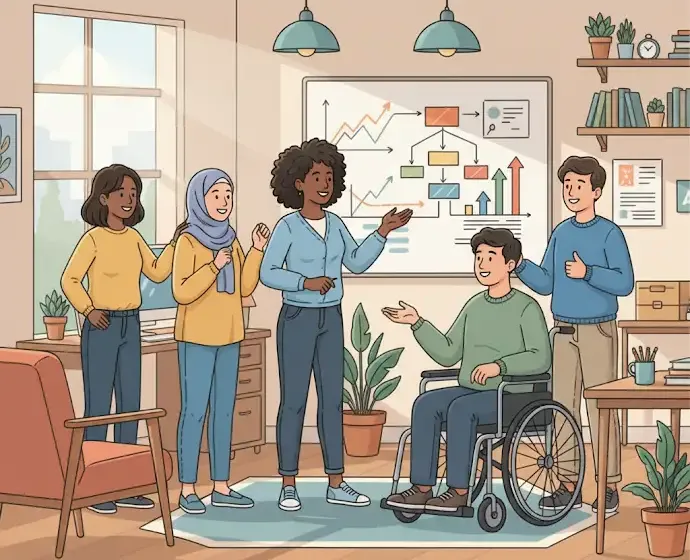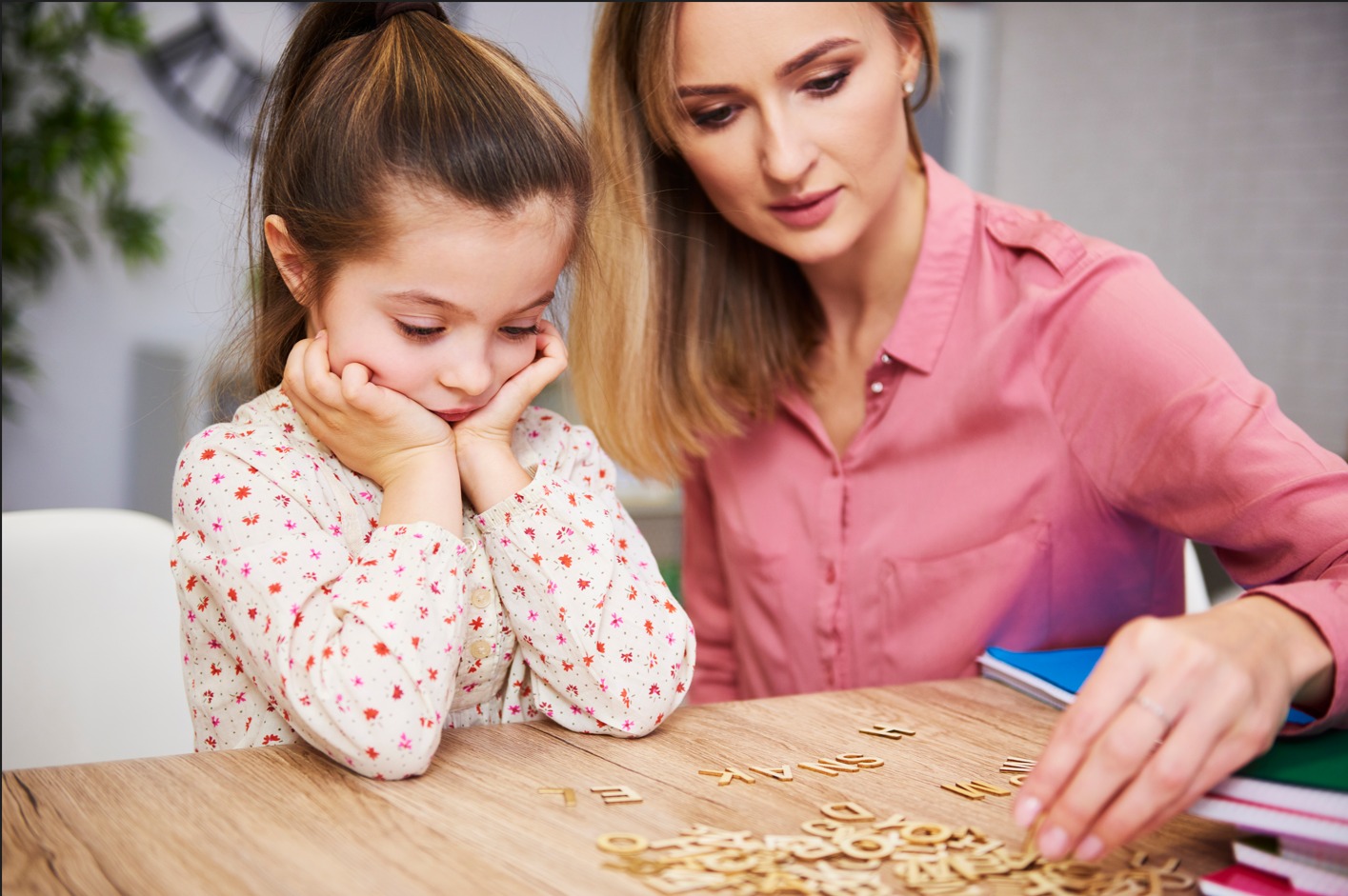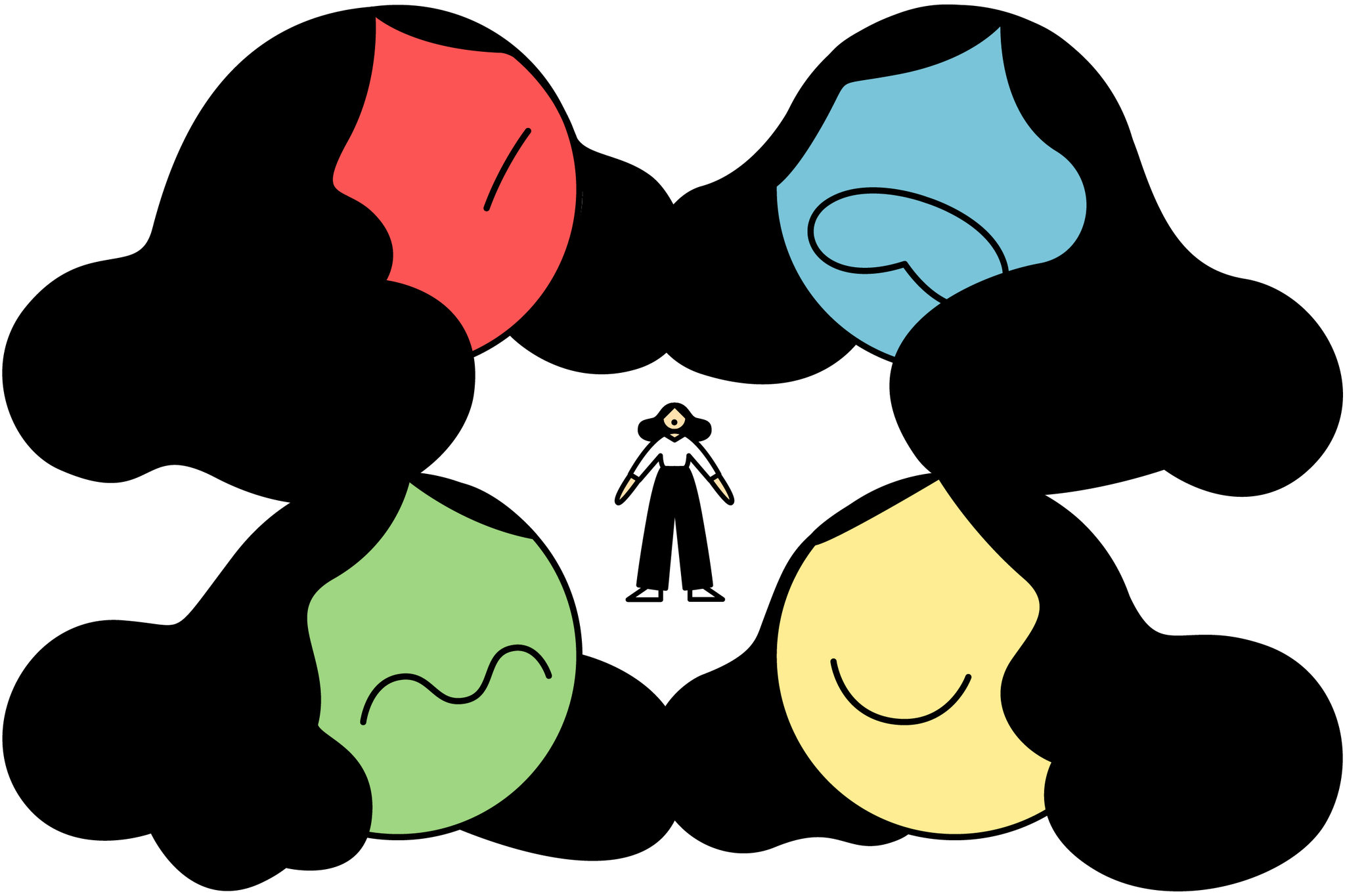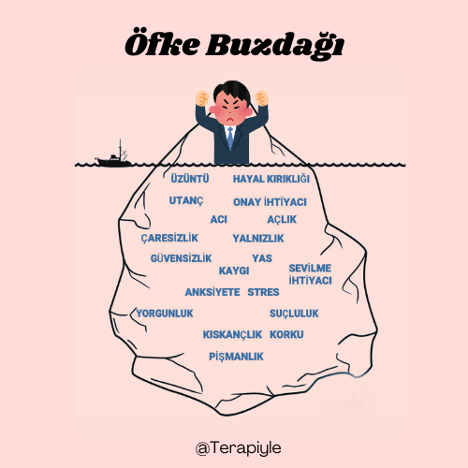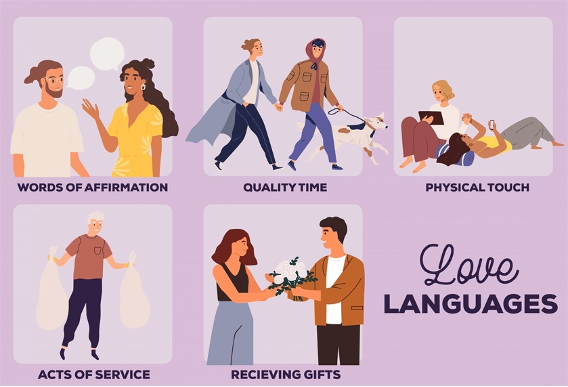Giftedness is a term used to describe individuals with high intelligence levels and extraordinary abilities. These individuals may demonstrate exceptional achievements in various fields. In this article, we will discuss the characteristics of giftedness, how such individuals can be recognized, and the appropriate educational methods for them.
What Is Giftedness?
Giftedness generally refers to mental capacity measured by IQ tests. However, it is not limited to intelligence test results — it is also related to an individual’s overall achievements, creativity, and problem-solving abilities. Gifted individuals typically show faster learning processes and deeper understanding compared to others.
Signs of Giftedness
Gifted individuals have certain distinctive traits that affect their educational and social lives. Here are some of the common signs observed in gifted individuals:
1. Fast Learning Ability
- Quickly grasping new information
- Easily remembering learned topics
- Retaining knowledge with minimal repetition
2. Deep Thinking
- Ability to analyze complex problems
- Capability to evaluate different perspectives
3. High Curiosity
- Constantly asking questions about their surroundings
- Strong desire to research and learn new information
4. Creativity
- Developing unconventional ideas
- Solving problems through different methods
5. Social and Emotional Intelligence
- Ability to understand others’ emotions
- Showing empathy and excellence in social relationships
6. Narrow Interests
- Excessive focus on specific areas
- Lack of interest in other topics
Educational Methods
The education of gifted individuals requires special methods designed to meet their unique needs. Below are some effective educational approaches for these individuals:
1. Early Assessment
Early intelligence testing is an important step in identifying children’s talents. These tests help determine the areas where children excel and allow educators to design suitable educational programs.
2. Customized Curriculum
- Special curricula based on individual interests
- Sources offering deeper and more detailed information
- Content enriched with additional educational materials
3. Problem-Based Learning
Gifted children should be taught through real-world problem-solving and thought-provoking questions. This method enhances students’ analytical thinking skills.
4. Group Work and Social Interaction
- Opportunities for gifted students to work with their peers
- Exposure to different perspectives
- Developing collaborative problem-solving skills
5. Art and Creativity Activities
To nurture the creative side of gifted individuals, activities such as art, music, and drama are essential. Providing these opportunities helps enhance their diversity of thought.
6. Family Support Programs
Families need to recognize and support their child’s gifted potential. In this context, informational and guidance programs for parents can be organized.
Conclusion
Giftedness is an important characteristic that influences individuals’ lives and must be handled carefully in terms of identification and education. Developing special educational methods for children who show signs such as fast learning, deep thinking, and creativity is crucial for helping them realize their potential. Families and educators should work together to create a healthy learning environment for these children. It should be remembered that every individual has a unique learning style; therefore, educational approaches should always be personalized.
